Origins
The creation of the Welsh Highland Railway fulfilled an 1870s vision of linking the Bays of Caernarfon and Cardigan, via Beddgelert, with a narrow gauge railway.
Its history is a blend of contradictions and complex compromises:
It had been planned that its terminus would be Caernarfon, but that never happened.
It was to have been powered by electric traction, but that didn’t happen either.
It should have been completed in the first decade of the twentieth century and that too went awry.
It finally opened as a through route in 1923, running for just fourteen difficult years, before closing – for ever in 1937………..!
The WHR was an amalgam of three earlier ‘railways’:-
– The North Wales Narrow Gauge Railway
– The Croesor Tramway
– The Portmadoc, Beddgelert, & South Snowdon Railway
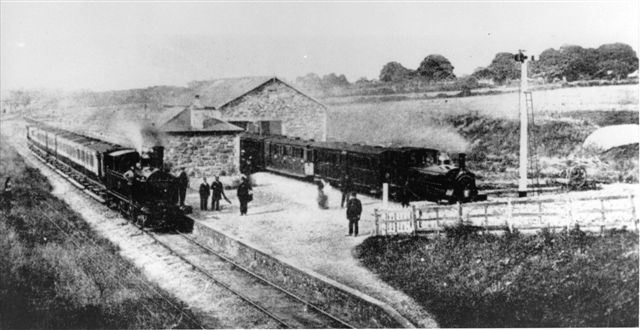
Early photo at Dinas Junction showing standard and narrow gauge lines
This article is just a brief summary, and if you are further interested there are a number of online and printed resources available.
The North Wales Narrow Gauge Railway (NWNGR) opened partially in 1877 and fully in 1881. This ran from Dinas to Rhyd Ddu with a branch from Tryfan Junction to Bryngwyn, essentially to take advantage of the traffic from the slate quarries on Moel Tryfan.
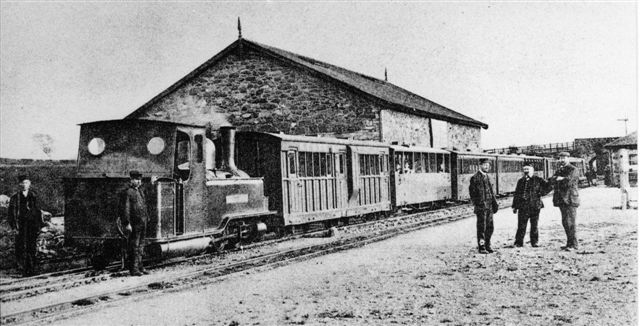
“Snowdon Ranger” at Dinas c.1894
The Croesor Tramway was a horse worked line built in 1864 to carry slate from the Croesor Valley to Portmadoc.
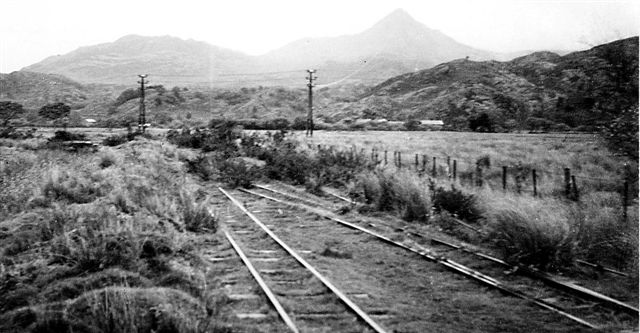
Croesor Junction in 1943. Croesor tramway is to the right — Boyd
The Portmadoc, Beddgelert, & South Snowdon Railway (PBSSR) never actually ran a service at all. It had acquired Parliamentary powers to operate the whole line with electric traction with power supplied from overhead wires.
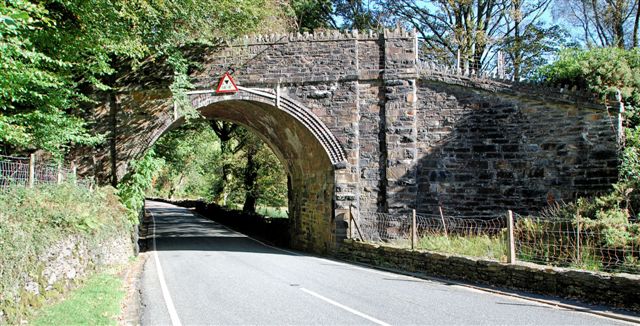
Beddgelert Bridge built by the PBSSR in 1906 but never used
However by 1906 the PBSSR had only constructed the track in the Aberglaslyn Pass, the Aberglaslyn tunnels and the trackbed beyond Nantmor.
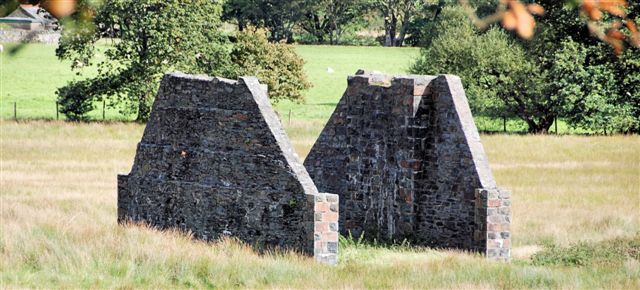
Still standing – abutments for an accommodation crossing that was never used at Beddgelert
In an abortive exercise PBSSR also built a deep cutting on a steep gradient to the north of Beddgelert.
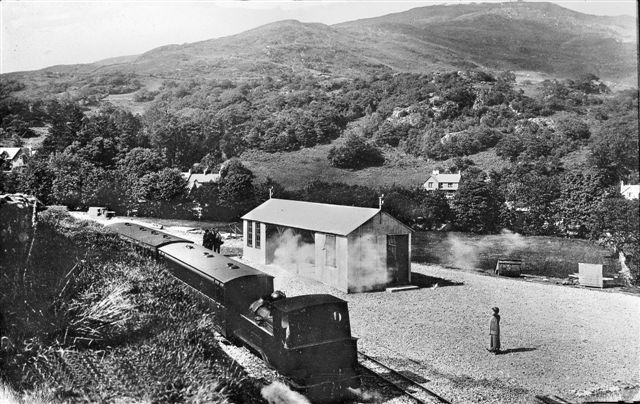
Train at Beddgelert in 1923
The PBSSR electricity was to have been provided by its parent company (North Wales Power & Traction) from the hydro-electric station it owned in Nant Gwynant Nant Gwynant Power Station
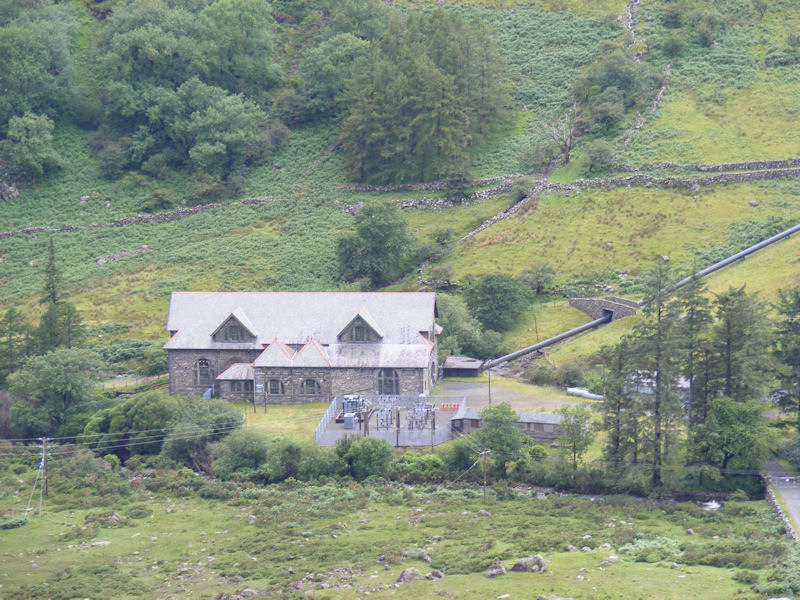
Nant Gwynant Power Station
Its final claim to eccentric fame was the purchase of the legendary steam locomotive, ‘Russell’. Not bad for a railway owned by an electricity-producing company!
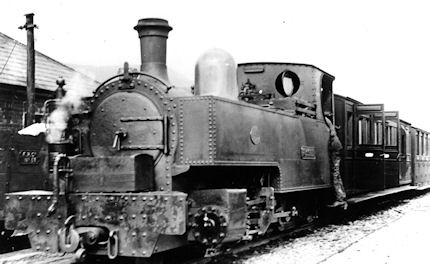
Russell with Train at Rhyd Ddu
The building of the WHR was subsidised by the Ministry of Transport and the local authorities through whose parishes the railway would run. The principal contractor was Sir Robert McAlpine & Sons who provided local employment after WW1 in a time of social need.
Alas, all the work was in vain as the railway was too late on the scene. The slate industry was in terminal decline, its passenger service was scant and unreliable, and its terminus was three miles distant from the tourist town of Caernarfon. So it is understandable that its potential passengers were readily seduced by the more convenient charabanc travel.
By 1927 the WHR was in receivership, but continued to operate under joint management with the Ffestiniog Railway. Then came the economic depression and the WHR effectively closed at the end of 1933. However an eleventh hour reprieve saw the FR, surprisingly, take a 42-year lease of the line which then continued to operate until the end of the summer season in September 1936. Minimal freight traffic continued until June 1937.
With the coming of WW2 the remains of the WHR were requisitioned for the war effort because of the potential of its metals. The track was lifted in 1941 – 42 and this had the benefit of releasing the FR from the obligations of its ill-considered lease in November 1942, as there was no longer a railway to operate.
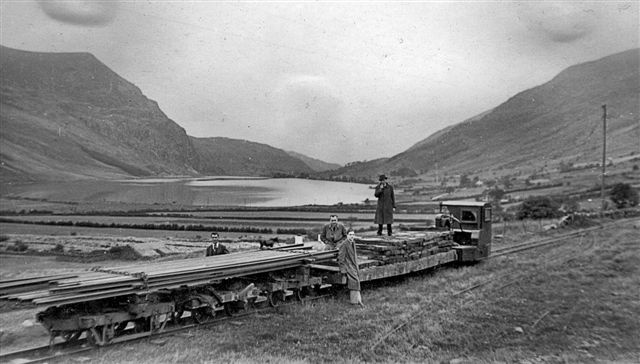
Demolition Train at Glanyrafon
Noteworthy survivors are the locomotive ‘Russell’ and four carriages of NWNGR origin, all now restored and operational on the Welsh Highland Heritage Railway.
Further Reading:
Narrow Gauge Railways in South Caernarvonshire – Vol Two ‘The Welsh Highland Railway’ – James I.C. Boyd
An Illustrated History of The Welsh Highland Railway – Peter Johnson
Portrait of The Welsh Highland Railway – Peter Johnson
The Welsh Highland Railway Vol I ‘A Phoenix Raising’ – John Stretton
The Welsh Highland Railway Vol II ‘Halfway to Paradise’ John Stretton
The Welsh Highland Railway – An Historical Guide, parts I & II by John Keylock